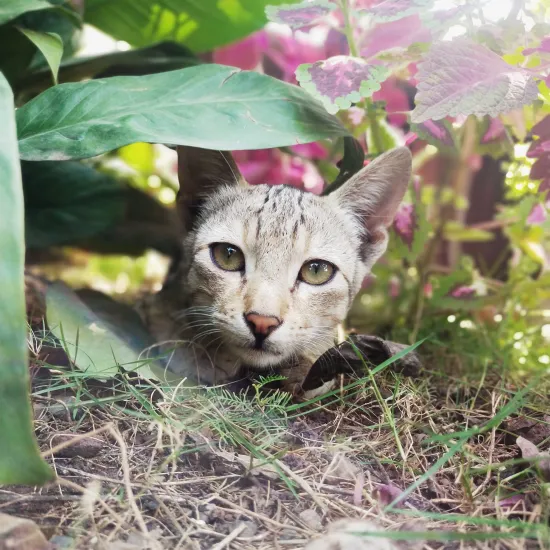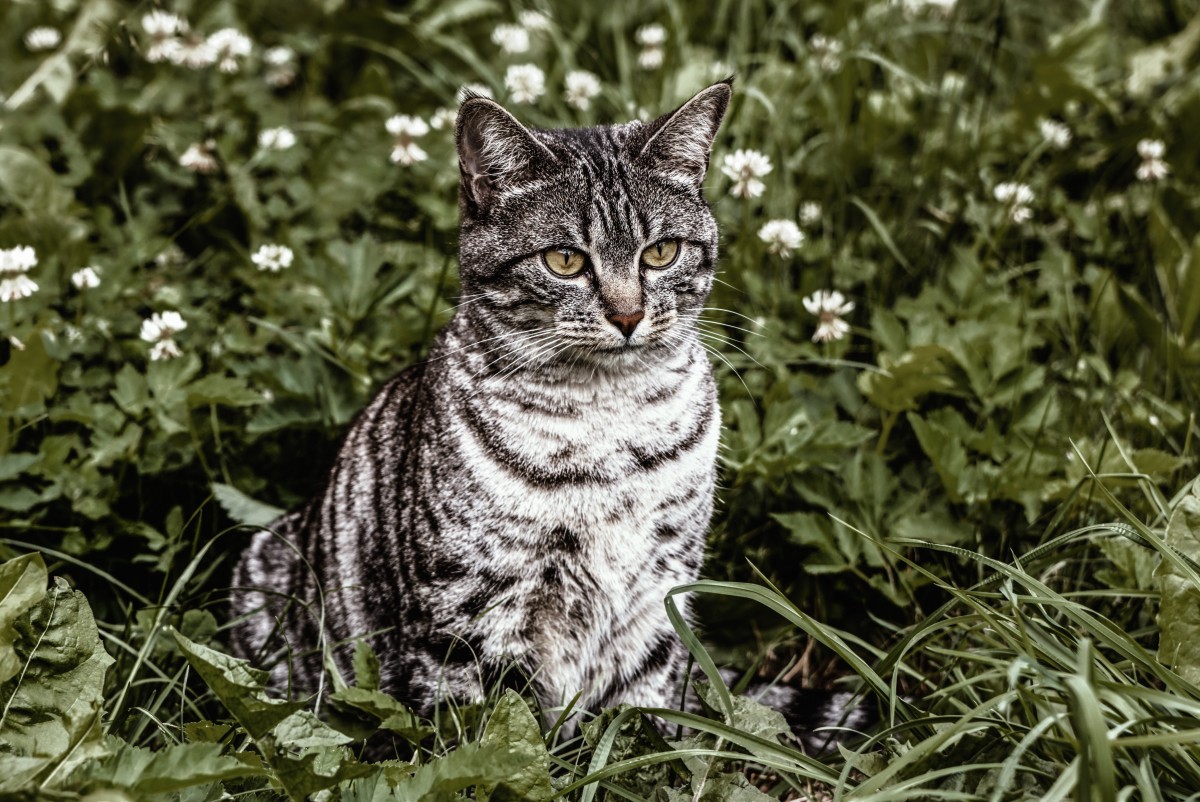
What to Do When Your Cat Runs Away: A Guide to Dealing with Fugitive Felines
Summary:
Understanding the Importance of Territory for Cats
Step 1: Understanding the Reasons Behind Your Cat’s Escape
Step 2: Preventing Your Cat’s Escapes
Step 3: Encouraging Your Cat to Stay Safe at Home
Many cat owners face the dilemma of a runaway cat. It can be worrisome and distressing when your furry friend goes missing. However, it’s important to understand that a cat’s tendency to wander is not simply an act of escape but rather a prolonged departure from its usual territory. In this guide, we will provide valuable insights and tips on how to address the issue of runaway cats and ensure their safety and well-being.
Understanding the Importance of Territory for Cats
Cats are inherently driven to explore and roam within their own territory. This territory is not a rigidly defined area but rather a fluid space where cats engage in various activities such as resting, hunting, and moving around. It’s crucial to recognize that your cat’s territory extends beyond the boundaries of your property, making it difficult to confine them to a specific area.
Step 1: Understanding the Reasons Behind Your Cat’s Escape

Several factors contribute to a cat’s inclination to run away, especially if they have access to the outdoors:
Breeding: The primary motivation for a cat’s escape is the instinctual drive to find a sexual partner.
Hunting: Cats that venture outside are prone to rediscovering their innate hunting instincts, expanding their hunting range, and returning home for essential needs.
Multiple Residences: Some cats receive food and attention from other households, leading them to spend significant time away from their official owners.
Step 2: Preventing Your Cat’s Escapes

While complete confinement may not be possible or desirable, there are measures you can take to limit your cat’s chances of running away:
Neutering or Spaying: Having your cat neutered or spayed reduces their reproductive desires and diminishes the urge to wander, ultimately curbing escape attempts.
Creating Boundaries: If you have a house with a garden, establish boundaries to keep your cat within the desired area:
- Erect a suitable fence that prevents climbing or jumping over.
- Eliminate potential escape routes, such as low walls or trees.
- Regularly inspect and maintain the fence’s integrity to avoid any vulnerabilities.
Note: Electronic fences, known as “anti-fugue” fences, emit waves when the cat approaches, deterring them from crossing the boundary. Consider the pros and cons before deciding on their use.
Step 3: Encouraging Your Cat to Stay Safe at Home

While you cannot completely eliminate your cat’s desire to explore, you can take steps to minimize their escapes:
Provide Sufficient Care at Home: Ensure your cat has a comfortable and stimulating environment indoors, including access to food, water, and cozy resting areas.
Engage with Toys and Activities: Encourage your cat to spend more time indoors by providing toys, scratching posts, and interactive play sessions.
Celebrate Their Return: Show your cat affection and happiness upon their return, reinforcing the idea that home is a safe and welcoming place.
Note: Some experts recommend keeping kittens indoors for an extended period, allowing them to establish a strong bond with their home environment before venturing outside.
Dealing with a runaway cat can be a challenging experience for any pet owner. By understanding the importance of territory, recognizing the reasons behind their escapes, and implementing preventive measures, you can increase the chances of keeping your cat safe at home. Remember, every cat is unique, so observe their behavior and make adjustments accordingly. With patience, love, and appropriate measures, you can create a secure and fulfilling environment for your beloved feline companion.





